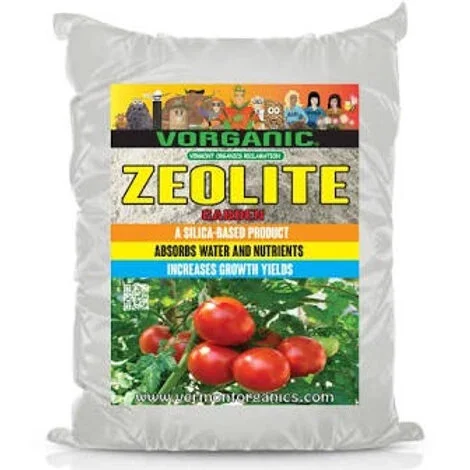Plant Nutrition
Plants have very similar nutritional needs as gardeners! Calcium, phosphorus, iron, magnesium, copper, potassium, and sulfur are just a few things we both need to be strong and healthy. In fact, some nutrients play similar roles for plant health as in humans. It makes sense that when plants have access to the right nutrients, they are more nutritious for us to eat!
For plants to grow and produce properly they need 3 things:
light
water
20 essential elements/nutrients.
There are 9 macronutrients (need large amounts of these) and 11 micronutrients (need smaller amounts of these). Most fertilizers focus on the big 3, which are Nitrogen, Phosphorus, and Potassium, and indicated on most packages with their element symbols as NPK. Oxygen, Hydrogen, and Carbon are obtained more readily by plants through the air and soil. The last three macronutrients are Calcium, Magnesium, and Sulfur. These are often added to quality fertilizers and also available to purchase individually. More on that will follow!
While there are many products on the market to add these nutrients to your soil, a viable way to save money is to make them yourself. This is particularly important if you are adding nutrients that are deficient in your unique soil. Why pay to add unnecessary products? On that note, a quality soil test will give you a great starting point. Once, I purchased an entire truckload of some "premium" garden soil, only to watch my plants fail to grow, turn yellow, and threaten to perish. A soil test indicated the complete absence of nitrogen. With the addition of a large bag of blood meal, I was able to turn the plants around and successfully repair my garden.
Some nutrients take longer to break down in their natural states so if your soil is deficient and you already have plants in the ground, you will need quick-release nutrients. I call these "crack for plants" because they get it fast but it doesn’t last long. Things that break down over time are better for plants because they get continuous nutrients available to them and are sourced from organic products.
Another way to classify nutrients is natural or synthetic. Many laboratory made nutrients, like Urea (Nitrogen source), may provide a quick feed and good for emergencies but will need regular applications and are often not under the "organic" label. Natural sources are like "whole food" nutrition for plants and often provide more than one or two nutrients. Coffee grounds, for example, provide nitrogen, magnesium, and potassium.
Here are a few recommended nutrients and sources:
Nitrogen - Blood meal, coffee grounds*, grass clippings, animal manure (composted)
Potassium - Greensand, kelp meal, wood ashes*
Phosphorus - Rock phosphate, bone meal, fish bone meal, bat guano
Calcium - Oyster shells, egg shells (clean & dry), limestone
Magnesium & Sulphur - Epsom Salts (Magnesium sulphate)
Boron - Borax
Sulfur - Gypsum
Another source of trace minerals/micronutrient is volcanic ash sold as Zeolite or Azomite.
Other good sources of natural and organic fertilizers will have the OMRI symbols and contain plant or animal products. Fish emulsion and worm castings are also desirable.
While horse, cow, chicken, and pig manure can often be acquired (usually cheap or free) from a someone you know, they often contain large amounts of weeds, seeds, and herbicides found in the hay or grass upon which they grazed. Rabbit, sheep, and goat manure is preferred because the pellet shape of the manure represent a more complete digestion. Pellets are less likely to be contaminated by weeds and has less potential to burn your plants.



